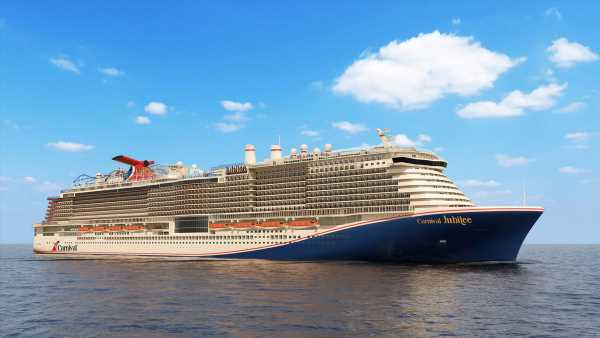Cruise ship capacity in 2025 could exceed 2019 by 20%
FORT LAUDERDALE — New research from CLIA forecasts that two years from now there could be almost 37 million cruisers sailing on the world’s oceans, which would be a 20% increase above pre-pandemic capacity.
Growth is returning so quickly that despite the expected delivery of 113 new ships that were on the order book in 2020, there exists the potential that demand will outstrip capacity as soon as next year, with a gap between demand and supply remaining at least through 2027. From 2022 to 2027, 737,000 lower berths will be added.
The research, prepared by Oxford Economics and presented Wednesday at the Seatrade Cruise Global conference, also showed that cruising would recover faster than travel as a whole and that other travel sectors would be primarily reliant on domestic travel.
The Caribbean will lead the recovery in 2023, with 70 million available passenger cruise days (APCD), an increase of 16% over 2022, followed by the Mediterranean, rising 7% to 40 million APCD. Then comes Northern Europe, with 29.4 million APCD, an 8% rise. Then Alaska/British Columbia, up 6% to 12.7 million APCD.
Port capacity in 2023 has also increased year over year, by 23%.
CLIA CEO Kelly Craighead appeared buoyed by the results and was particularly encouraged by sentiment polling that showed interest in cruising above 2019 levels, with a 5% bump in experienced cruisers indicating they wanted to cruise again, and a 7% drop in the number of people who have cruised but say they’re not interested in cruising again.
Millennials lead the way among experienced cruisers who want to return to ships, with 88% expressing interest.
“What this tells me is that all the work the lines did to innovate and make it one of the healthiest ways to travel resonated with people who may have had different ideas at the start of the pandemic,” Craighead said. “We’re in a new era. The industry, writ large, was forced to collaborate — cruise lines with cruise lines, cruise lines with ports, with destinations, with suppliers. A very strong community has been built that accelerated innovation and partnerships. We’re all stepping out with much stronger relationships, ones built during the pandemic.”
Source: Read Full Article


